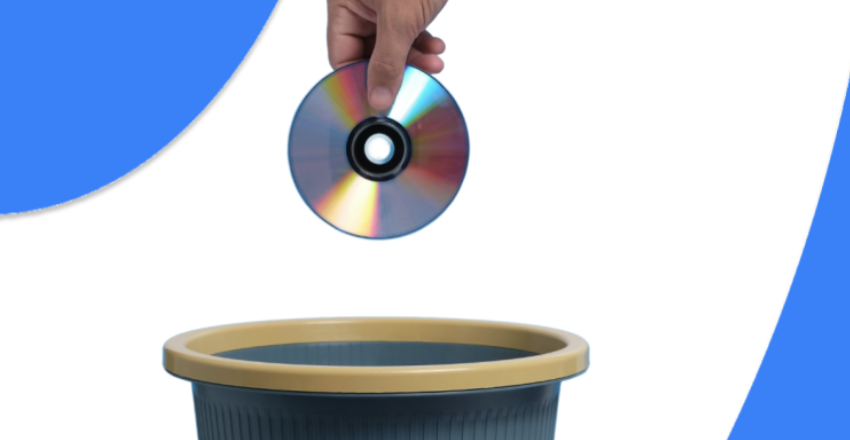How to Take Your Healthcare Organization to Zero-CD
Published on: September 1, 2022 | PocketHealth
Still sharing imaging with CDs? It may be time to move on and implement a new system that saves time, money and adds value to the patient experience.
The reason CDs have been difficult to dislodge as the dominant transfer standard in medical imaging around the world is because, historically, they’ve done a few things well. CDs are flexible, reliable and generally only require one prerequisite from an end-user: a CD-drive.
These days, however, CD drives are essentially obsolete and the resources and time required to find and share data on disk has become a burden for patients and providers alike. And because patient portals and other networks designed to centralize healthcare data have been unable to provide the same flexibility and ease of use, they have largely failed to solve the complex problem of data exchange.
Replacing our stubborn reliance on CDs requires platforms that possess all the strengths and none of the weaknesses of this outdated method of storage. Here’s how to get the ball rolling:
Evaluate your Image Exchange
Relegating CDs to the dustbin of history requires a platform that is highly flexible and introduces low levels of friction to patients and providers every step of the way. It demands an enrollment process that is intuitive, fully digital and designed around patients. If the platform looks anything like patient portals of the past, it’s probably not going to be user friendly.
To achieve a superior user experience, interfaces should feature education and guidance, minimizing confusion and providing easy access to data across multiple devices. It should include more than one way for patients to enrol and share their health data with outside providers and be capable of integrating into the portals they already use. Outside providers should not require accounts and usernames — or even training — to use the system and should be able to gain access to the platform through multiple avenues (not just email). But most image-exchanges don’t meet these criteria.
Too often, platforms are designed to be restrictive. Providers don’t have the ability to share imaging with out-of-network facilities and radiologists get frustrated with the extra “clicks” added to their tech stacks. PocketHealth is mindful of this, however – not only is out-of-network sharing enabled, but providers receive an email with a secure link when patients authorize access to their records.
Formulate a Zero-CD Transition Strategy
The most effective way to make the transition away from CDs is to choose a vendor that will help you plan and commit to a Zero-CD date upfront. Ideally, this date will arrive one week to two months after your image-sharing platform goes live and entail progressively stricter escalation criteria until Zero-CD has been achieved. As this drop-dead date nears, patients are slowly transitioned away from mailed or in-person CDs.
Build a Patient Enrollment Strategy with Your Vendor
Once your image exchange is live, education efforts will be vital to attracting new patients to your platform. The best way to drive adoption is for staff to enrol patients when they register upon arrival. On-site visuals, such as posters and other informational materials, have proven to be another integral way to spread the word that a more efficient image-sharing system has replaced CDs.
Build a Referring Physician Engagement Strategy
A true low-friction image exchange should make adoption easy for the majority of doctors, meaning your physician engagement strategy should be tailored to slow adopters — not ALL adopters. Low-touch strategies for appealing to this audience should include tools such as press releases, CD stickers, mailers, fax and email blasts and targeted messaging in requisitions and reports. High-touch strategies for those most resistant to change should be led by the vendor and focus on one-on-one engagement through training sessions, demos and objection handling. If your vendor hasn’t prepared for these scenarios, you may have chosen the wrong vendor. Ideally, you should be provided with progress updates on the slowest adopters as they gradually become the platform’s biggest advocates.
Reallocate Resources for a Zero-CD World
Once your image exchange is fully functional, FTE and budget resources previously allocated to finding patient records, burning them onto CDs and couriering them to patients will become available. This should allow for the image sharing functionality to expand from radiology to other departments and create a domino effect of efficiency that will be felt across the organization for years to come.
With PocketHealth, going zero-CD is a painless experience. By meeting the criteria outlined above and offering 24/7 patient support, the platform gives patients the power to easily exchange imaging with any patient, any provider, and network.
———
To learn more about transitioning to a zero-CD world, contact PocketHealth to request a demo.




